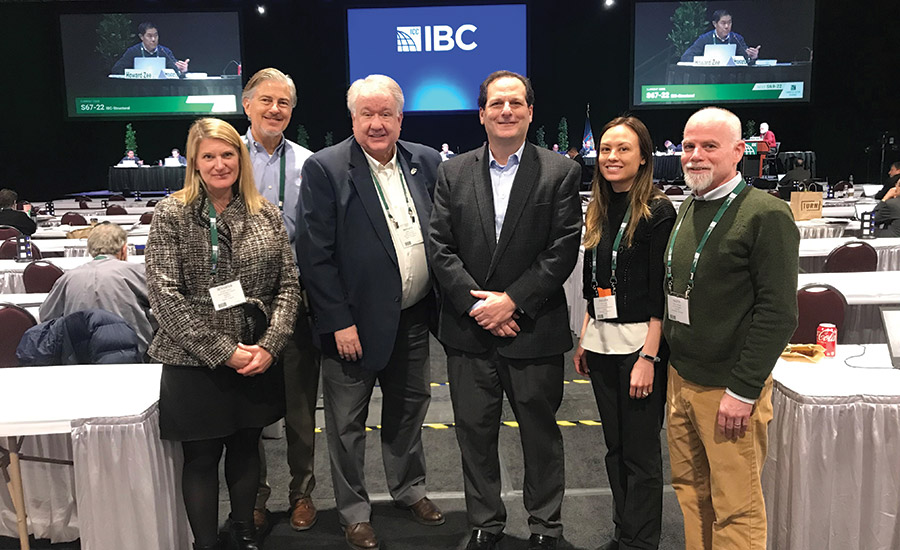Related Article:
First Model Code Specific to Public-Occupancy Temporary Structures Out for Public Comment
Back to:
25 Top Newsmakers
Codes and standards committee work might be viewed as a thankless job. It is unpaid. It takes years to develop new codes and improve old ones. There is little recognition. And for committee chairs, the job can be like herding cats. But structural engineer Don Scott knows that guarding public safety is important work. And he has been on a mission to improve codes and standards for nearly 30 years.
Scott got his first taste of standards development in the early 1980s, doing research for his professor while studying engineering at the University of Idaho. After graduation, working in structural practice rather than in academia, he gained a very different perspective on codes: They needed to be simplified for the designers of buildings.
“My goal is still to bring the practitioner’s perspective to the standard, which is difficult,” says Scott, keenly aware that academics want their standards research incorporated into ASCE-SEI 7—the bible on structural design loads of the American Society of Civil Engineers’ Structural Engineering Institute.
“Our job on the committees is to make research useful to the practitioner,” adds Scott, who retired last spring from PCS Structural Solutions and hung out his shingle as a consultant. “That takes time and many code cycles.”
Scott and some of his cohorts in code development are currently celebrating the approval, for the 2024 edition of the model International Building Code (IBC), of the first environmental hazard load-resistance requirements tailored specifically to temporary structures that have public occupancies, such as tents and outdoor stages.
Scott led the volunteer ad hoc committee of the International Code Council (ICC) that crafted the provisions, created due to concern about public safety, especially after a couple of fatal collapses. There was no uniform approach to engineering or permitting the temporary structures, says Scott.
The subject was controversial. Structural engineers were pitted against entertainment interests worried about increased costs related to stricter requirements. Building officials were concerned about the burden of code enforcement.
Scott is credited with building consensus for the model code provisions, which took six years to develop.
“Don has the patience to put the [committees] together and the passion to keep the teams going,” says John Hooper, director of earthquake engineering for Magnusson Klemencic Associates and a member of the ICC ad hoc committee.
“He is uniquely put together to lead the group to a common goal,” adds Hooper. “Everyone was happy enough in the end.”
By all accounts, when it comes to serving the structural engineering profession, Scott exhibits a selfless devotion to duty. In October, he took on the one-year job, also unpaid, as president of SEI, which has more than 30,000 members. And he also took over as chair of the committee for the 2028 edition of ASCE-SEI 7. He says he is busier than ever in retirement.
In addition, the work of Scott and the ICC ad hoc committee is not done. Next up is coordinating the IBC provisions with the rest of ICC’s model codes, especially the International Fire Code. IBC and IFC will be aligned in the 2027 code cycle, says Scott, who also is helping the entertainment interests update their standard for temporary venues, to align with the 2024 IBC provisions.
In addition, the ad hoc committee, composed of members of the main committee for ASCE-SEI 7-28, is gearing up to turn the IBC requirements into ASCE’s first-ever consensus standard for temporary public-occupancy structures.
“The provisions are 70% to 80% ready” for the ASCE structural design load standard, says Scott.
“Don is so effective at ‘building the big tent,’” says Jennifer Goupil, director of SEI codes, standards and technical initiatives.
“His secret sauce is mutual respect and professionalism,” she adds. “He’s just the gift that keeps on giving.”





